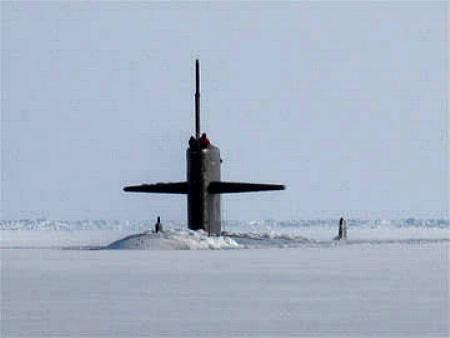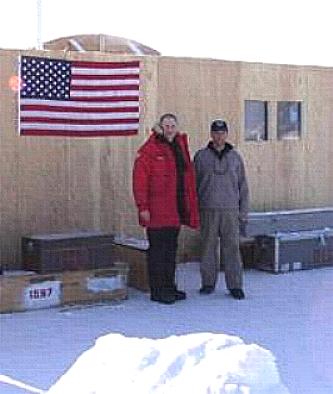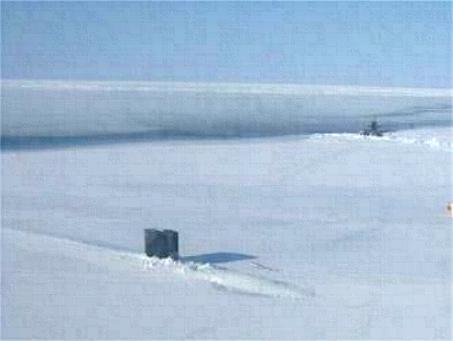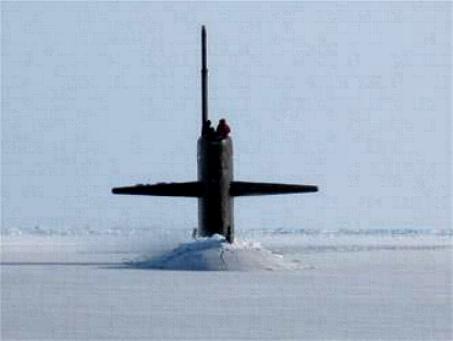Page 2
|
|
|
|
|
|
ICEX 2009 Offers USS Helena Sailors Unique Training Environment
USS HELENA, At Sea (NNS) -- Los Angeles-class fast attack submarines USS Helena (SSN 725) and USS Annapolis (SSN 760) are conducting various weapons and tactics training in the Arctic environment. During ICEX, Helena and Annapolis are conducting a torpedo exercise to test the capabilities of different warfare tactics and of the weapons themselves. Once an exercise shot is fired, the torpedo is collected and shipped back to the United States for data retrieval. The data collected will help provide the submarine force with valuable insight into warfighting in the Arctic.
While information gathered by ICEX 2009 will benefit the entire Navy, it is uniquely important for the submarine force.
"The only two types of boats that can operate in the arctic right now are ice crushers and submarines," said Yeoman 1st Class Amalio Gamboa, from Helena.
"It's about assured access," said Cmdr. Daniel Brunk, Helena's commanding officer, about submariner operations under the ice. "We can get anywhere."
Helena surfaced March 27 in an open channel in an ice field, within a few miles of the Applied Physics Laboratory Ice Station camp. The camp is set up on a piece of Arctic pack ice and supports all of the evolutions during ICEX. After mooring on the ice, Brunk, along with a few members of Helena's crew were able to disembark the submarine and spent some time at the camp.
Before arriving on station to participate in ICEX, Helena transited through the Bering Strait, often a hazardous route due to shallow depths and overhead ice canopy.
"The Bering Strait is tough because there [is] only 25 feet of water below you, and at times, ice keels hang down low enough to force you to maneuver the submarine," said Brunk.
For Master Chief Fire Control Technician Christopher Gillen, operating in the Arctic is an exciting but difficult experience, he said.
"Surfacing the ship is totally different; we have to do a vertical surfacing as opposed to our usual surfacing done at an angle," said Gillen. "Also, you can really feel the difference in how the water holds the sub; the salinity makes it hard to maintain a depth, and you have to be on it all the time.
" ICEX 2009 was the first time many Sailors experienced the Arctic.
"Operating in the Arctic makes everyone pay a lot more attention," said Yeoman 3rd Class Jonathan Bong, aboard Helena.
For the Sailors of Helena and Annapolis, ICEX 2009 offered training in a new type of undersea warfare.
"Something that really surprised me about the Arctic Ocean is how it's constantly changing," said Brunk. "A lot of people think it's just a static chunk of ice, but the ice is always moving. One day something will be solid ice and the next it's open water."
Helena is homeported in San Diego, and Annapolis is homeported in Groton, Conn.
By Lt. j.g. Megan Isaac, Ice Exercise Public Affairs
Monday, 30 March 2009 07:02





